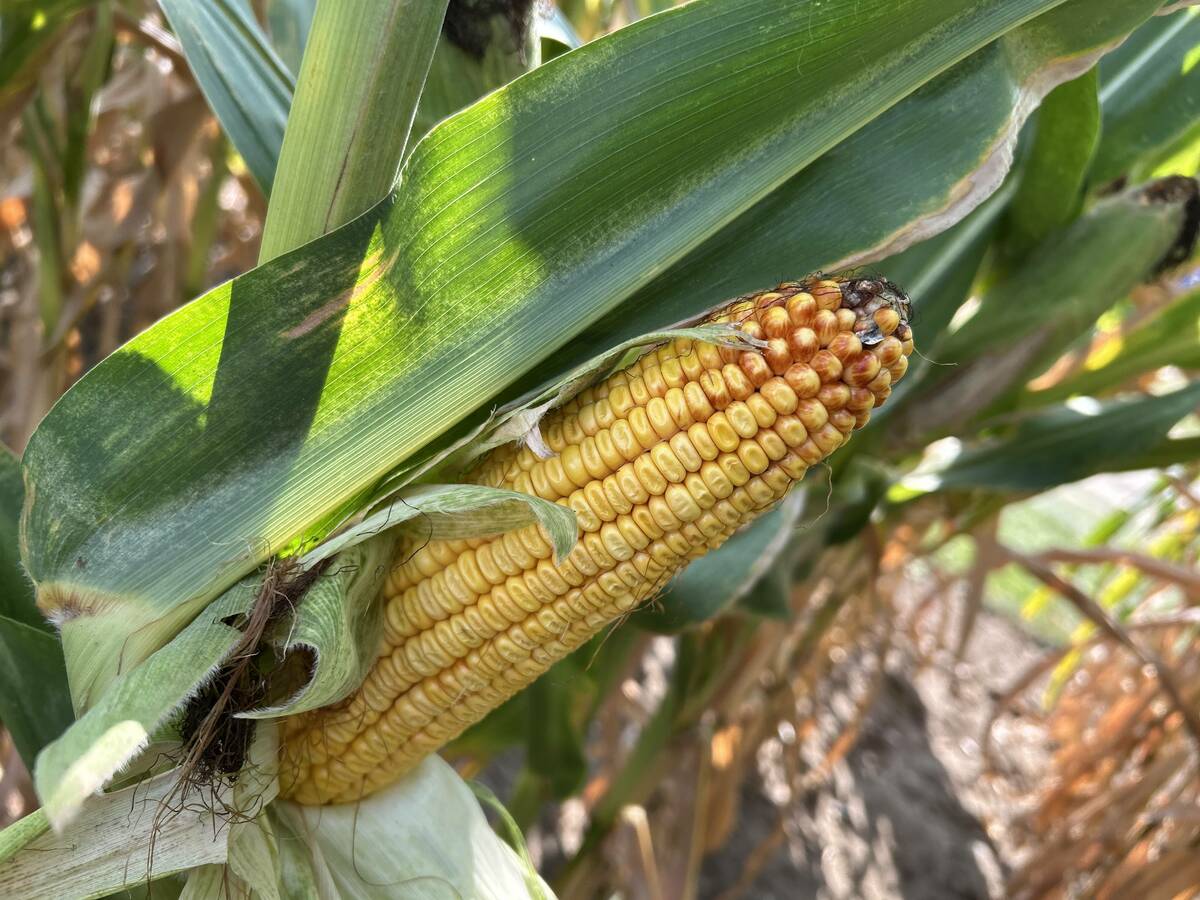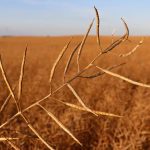Federal Reserve closing the tap | Producers urged to take advantage of low interest rates before they start to increase
CHICAGO, Ill. — The cost of one of the most important farm inputs is likely on the rise, says somebody who has a direct influence on its price.
Richard Fisher wasn’t talking about fertilizer, glyphosate or seed prices. Instead, he was talking about the cost of money.
He is one of 16 people on the Federal Open Market Committee that helps set U.S. monetary policy.
Fisher told the 2013 DTN Ag Summit that he was strongly opposed to the U.S. government continuing its quantitative easing program, which injects $85 billion a month into the economy through bond purchases.
Read Also

Crop estimates show mixed results
Model-based estimates used by Statistics Canada showed the 2025/26 crop year has seen increases in canola, corn for grain, oats and lentils production while seeing dips in spring wheat, durum wheat, soybeans and barley in comparison to 2024/25.
“We at the Fed should begin tapering back our bond purchases at the earliest opportunity,” he said Dec. 9.
Less than 10 days later, the Federal Reserve announced it was indeed tapering back the purchase of mortgage-backed securities and longer-term treasury securities to $75 billion per month starting in January, down $10 billion from the amount it had been spending.
The Fed said there would be further “measured steps” and future meetings. Fed policy makers had been watching the U.S. employment market and found significant improvement, reducing the need for stimulus. However, it said it would keep its short term interest rate near zero for a significant period.
Fisher said bankers and investors are flush with liquidity, and it is time to turn off the government tap.
“Money is cheap, liquidity is abundant,” he said.
“Indeed, it is coursing over the gunnels of the ship of the economy, placing us at risk of becoming submerged in financial shenanigans.”
Fisher will be a voting member of the committee next year, and he intends to continue pushing for the end of the stimulus program.
He advises farmers to take advantage of the cheap and abundant supply of money in the system.
“This will not last forever, and one would be foolish not to exploit it now.”
Urban Lehner, editor emeritus of DTN, said it won’t be long before the tapering of the quantitative easing program leads to a rise in interest rates and a higher cost of borrowing.
“To the extent that you can keep yourself in easy money for as long as possible, do it because it’s not going to last,” he said.
Rising interest rates will have all sorts of ramifications for farmers beyond increasing the cost of borrowing. It could lead to an investor exodus out of commodities and into stocks and bonds.
“Investors are so important now in commodity markets,” Lehner said.
“They’re a huge factor in U.S. commercial markets, and they’re sloshing money around between asset classes.”
Further downward pressure would be put on grain prices if investors pulled out of commodities.
Rising interest rates would also have a damping effect on land values because it increases the cost of borrowing to buy land.
In this country, the Bank of Canada has noted that after coming through the recession in better shape than the U.S., Canada’s economy has stalled.















